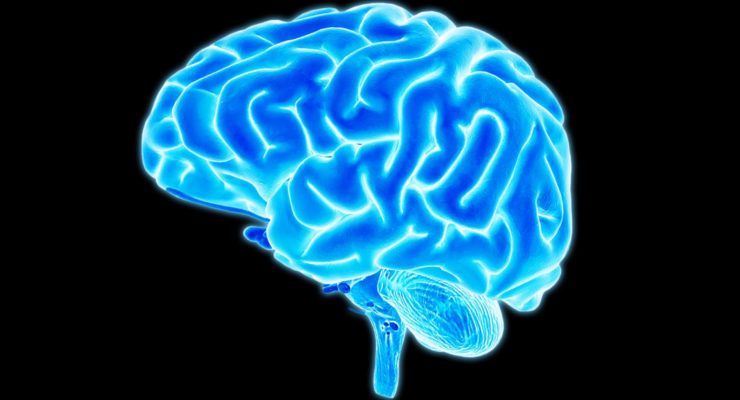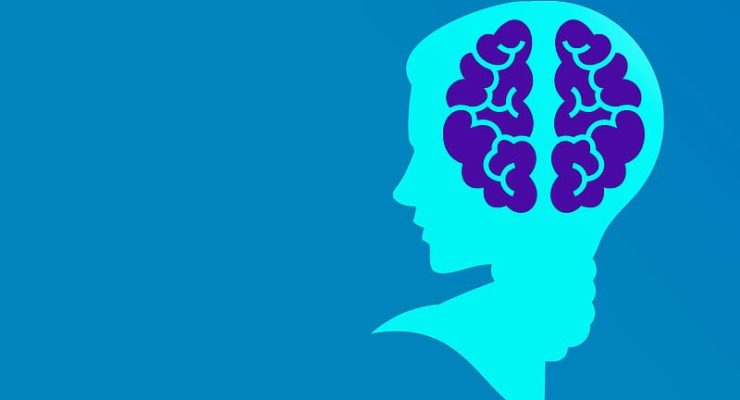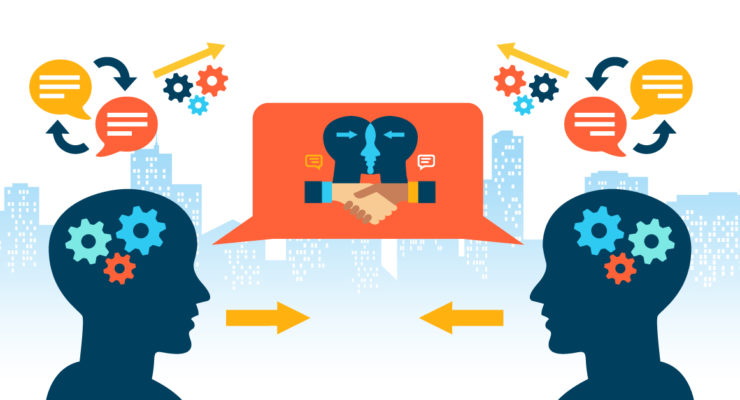(Science Daily) A new study of brain activity patterns in people doing a memory task finds that the way we make inferences — finding hidden connections between different experiences — changes dramatically as we age. The study’s findings might one day lead to personalized learning strategies based on a person’s cognitive and brain development.
science daily
Ever Been Lost in the Grocery Store? Researchers Are Closer to Knowing Why It Happens
(Science Daily) Imagine you’re walking through a chain supermarket, headed for the dairy section.
Flame Retardants Linked to Autistic-Like Behavior, Research Finds
(Science Daily) Polybrominated diphenyl ethers, or PBDEs, are a class of fire-retardant chemicals that are ubiquitous. They are found on upholstery, carpets, curtains, electronics, and even infant products. Flame retardants migrate out of products into dust that humans contact and can ingest. Considered to be global environmental pollutants, they have been detected in water, soil, air, food products, animals, and human tissues. They are found, too, in breast milk of women all over the world.
Managing Attention Deficit Disorder by Training the Brain
(Science Daily) Scientists explored a technique called ‘neurofeedback,’ which enables ADHD patients to train their attention, based on instant feedback from the level of their brain activity. The team of neuroscientists found that not only did the training have a positive effect on patients’ concentration abilities, but also that the attention improvement was closely linked to an enhanced response from the brain — the P3 wave — which is known to reflect integration of information in the brain.
Sniffing out Smell: How the Brain Organizes Information About Odors
(Science Daily) The premiere of the movie Scent of Mystery in 1960 marked a singular event in the annals of cinema: the first, and last, motion picture debut “in glorious Smell-O-Vision.” Hoping to wow moviegoers with a dynamic olfactory experience alongside the familiar spectacles of sight and sound, select theaters were outfitted with a Rube Goldberg-esque device that piped different scents directly to seats.
Where in the Brain Does Creativity Come From? Evidence from Jazz Musicians
(Science Daily) According to a popular view, creativity is a product of the brain’s right hemisphere — innovative people are considered “right-brain thinkers” while “left-brain thinkers” are thought to be analytical and logical. Neuroscientists who are skeptical of this idea have argued that there is not enough evidence to support this idea and an ability as complex as human creativity must draw on vast swaths of both hemispheres. A new brain-imaging study out of Drexel University’s Creativity Research Lab sheds light on this controversy by studying the brain activity of jazz guitarists during improvisation.
Kids Who Blame Themselves for Mom’s Sadness Are More Likely to Face Depression and Anxiety
(Science Daily) Kids who believe comments like this — assuming blame for their mom’s sadness or depression — are more likely to face depression and anxiety themselves, a new study led by SMU has found.
Mother/Infant Skin-To-Skin Touch Boosts Baby’s Brain Development and Function
(Science Daily) As the world prioritizes social distancing to stop or slow down the spread of coronavirus (COVID-19), a new study by researchers at Florida Atlantic University demonstrates that mother-infant touch and contact are essential for optimal neurodevelopmental regulation in early infancy. Kangaroo Care, a skin-to-skin, chest-to-chest method of caring for a baby, especially one who is premature, has been associated with promoting neurophysiological development. This method of caring emphasizes the importance of holding the naked or partially dressed baby against the bare skin of a parent, typically the mother. New research is showing that extended use of Kangaroo Care can positively benefit full-term infants and their mothers during the post-partum period.
Study: The Brain has Two Systems for Thinking About Others’ Thoughts
(Max Planck) The brain seems to have two different systems through which we can put ourselves into the shoes of someone else. These two systems mature at different times such that only 4-year-olds can understand what another person is thinking, and not, as some have assumed, 1-year-olds.
Study: Severe Childhood Deprivation Has Longstanding Impacts on Brain Size in Adulthood
(Science Daily) Researchers from King’s College London have shown that the brains of young adult Romanian adoptees who were institutionalised as children are around 8.6% smaller than the brains of English adoptees who have not suffered this form of deprivation.
Some Learning is a Whole-Brain Affair
(Science Daily) Researchers at Johns Hopkins Medicine have successfully used a laser-assisted imaging tool to “see” what happens in brain cells of mice learning to reach out and grab a pellet of food. Their experiments, they say, add to evidence that such motor-based learning can occur in multiple areas of the brain, even ones not typically associated with motor control.
How Playing the Drums Changes the Brain
(Science Daily) People who play drums regularly for years differ from unmusical people in their brain structure and function. The results of a study by researchers from Bochum suggest that they have fewer, but thicker fibres in the main connecting tract between the two halves of the brain. In addition, their motor brain areas are organised more efficiently.
Your Ability to Recognise Dog Emotions Says Something About Where You Come From
(Carly Cassella) After spending at least 30,000 years living alongside humans, dogs have become really good at reading our emotions.
Spontaneous Social Expression Documented in the Deaf, Can Inspire Us All
(Science Daily) How did the almost 6000 languages of the world come into being?
How Our Dreams Prepare Us to Face Our Fears
(Science Daily) Do bad dreams serve a real purpose? To answer this question, researchers from the University of Geneva (UNIGE) and University Hospitals of Geneva (HUG), Switzerland, — working in collaboration with the University of Wisconsin (USA) — analysed the dreams of a number of people and identified which areas of the brain were activated when they experienced fear in their dreams. They found that once the individuals woke up, the brain areas responsible for controlling emotions responded to fear-inducing situations much more effectively. These results, which are published in the journal Human Brain Mapping, demonstrate that dreams help us react better to frightening situations, thereby paving the way for new dream-based therapeutic methods for combating anxiety.













